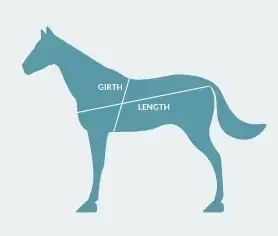The time of year: Unfortunately, in most parts of Australia, seasonal conditions are ideal for the development of parasites for most of the year, however, Spring and Autumn are always critical times to treat horses for worms. The different life cycles of worms means that they will be most active in the horse at different times of year e.g. bots and strongyles ( redworms) in the cooler months. It is critical to ensure that the active ingredient you use will kill the species of worms that are likely to be infecting your horse at each particular time of year.
The active ingredients in the product: Horse wormers contain either a single active ingredient or a combination of ingredients from four different chemical classes.
Tetrahydropyrimidines or THPs (Pyrantel and Morantel): This class of chemicals treats a variety of worms including some tapeworms but does not treat bots. Horses under 2 years of age should be treated with a wormer containing Pyrantel or Morantel because they are reliably effective against roundworm.
Benzimidazoles or BZs (Oxfendazole, Oxibendazole and Fenbendazole): This group treats the majority of worms in horses except bots and tapeworms. There is resistance to this class of chemical in small strongyles when used on their own, however they are useful for the treatment of mectin resistant worms when used in combination with other classes of wormers.
Macrocyclic Lactones or Mectins (Abamectin, Ivermectin and Moxidectin) treat a wide range of parasites, however, they do not treat tapeworm and roundworm are commonly resistant to this class of chemical.
Isoquinolines (Praziquantel) This ingredient is used in combination with other classes of chemicals in horse wormers because it is very effective against tapeworms.
